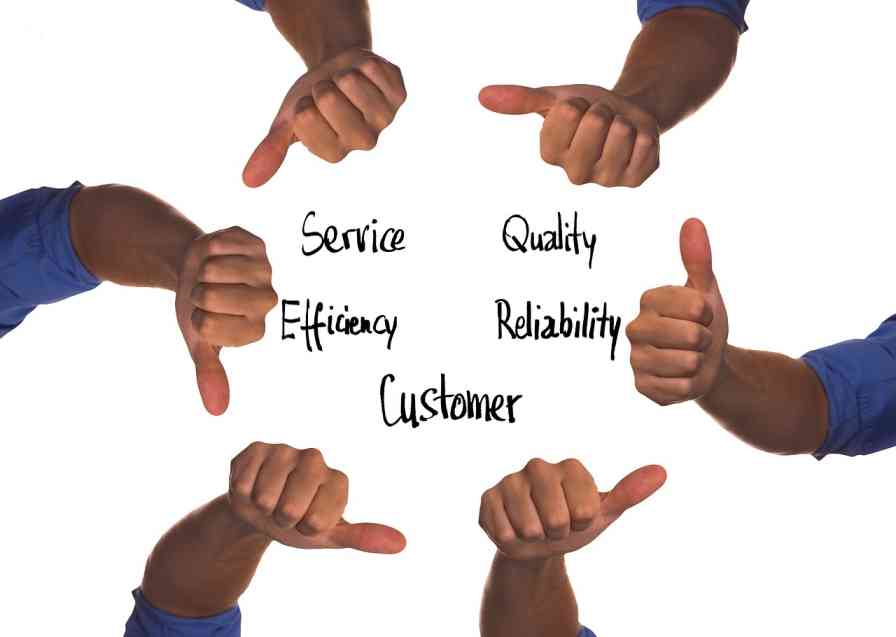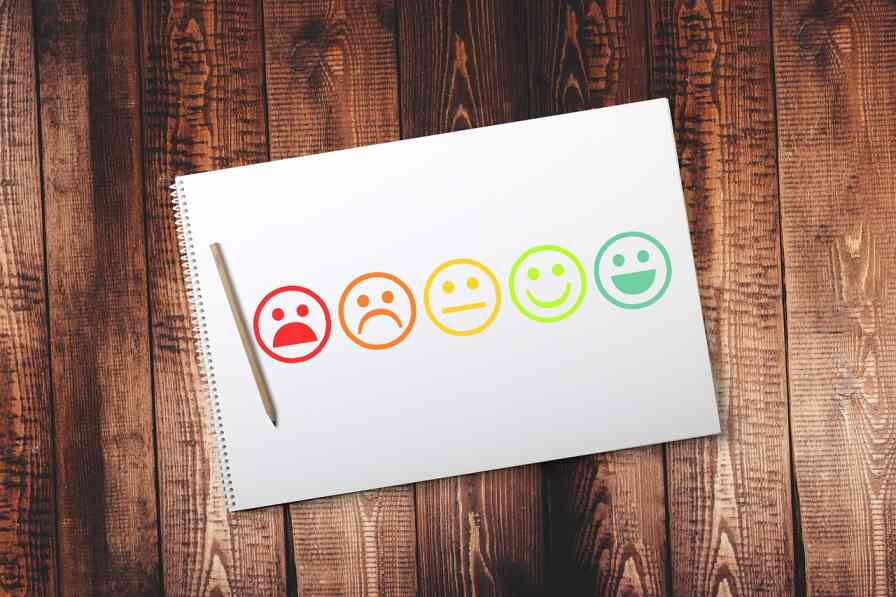Reliable and fast internet connectivity is no longer a luxury—it’s a necessity. Whether you’re managing a café, hotel, co-working space, or any establishment offering public WiFi, the quality of your service can significantly impact customer satisfaction. However, even with the best intentions and infrastructure, negative feedback from WiFi users is inevitable. Complaints about slow speeds, poor connectivity, or login issues can arise, and how you handle these grievances can make or break your reputation. This article explores effective strategies for dealing with negative feedback from WiFi users, turning challenges into opportunities to improve your service and strengthen customer relationships.
Understanding the Importance of Addressing Negative Feedback
Negative feedback, while often perceived as criticism, is a valuable tool for growth. It provides insight into areas where your WiFi service may be falling short and highlights opportunities for improvement. Ignoring or mishandling complaints can lead to dissatisfied customers, negative reviews, and ultimately, a decline in patronage. On the other hand, addressing feedback constructively demonstrates your commitment to customer satisfaction and can enhance loyalty.
Why Negative Feedback Matters
- Identifies Pain Points : Feedback helps pinpoint specific issues, such as dead zones, bandwidth limitations, or login difficulties.
- Builds Trust : Responding professionally to complaints shows that you value your users’ opinions and are willing to address their concerns.
- Improves Service Quality : By resolving recurring issues, you can enhance the overall user experience and attract more visitors.
- Prevents Escalation : Timely responses prevent minor complaints from escalating into major problems, such as viral negative reviews.

Common Types of Negative Feedback About WiFi Services
Before diving into solutions, it’s essential to understand the types of feedback you might encounter. Here are some common complaints:
- Slow Internet Speeds : Users expect high-speed internet for activities like streaming, video conferencing, and downloading large files.
- Frequent Disconnections : Interruptions in service frustrate users and disrupt productivity.
- Complicated Login Processes : Lengthy or confusing authentication steps can deter users from connecting.
- Limited Coverage : Poor signal strength in certain areas leads to inconsistent connectivity.
- Security Concerns : Users may express worries about data privacy and potential vulnerabilities.
- Unreliable Customer Support : Inadequate assistance when issues arise leaves users feeling neglected.
Each type of feedback requires a tailored approach to resolution, which we’ll explore in detail below.
Strategies for Dealing with Negative Feedback
Effectively addressing negative feedback involves a combination of proactive measures, empathetic communication, and technical improvements. Here’s how you can tackle each aspect:
1. Acknowledge the Feedback Promptly
The first step in handling negative feedback is acknowledging it quickly. Delayed responses can exacerbate frustration and damage your reputation. Whether the feedback comes via social media, email, or in-person, respond promptly with a simple acknowledgment:
“Thank you for bringing this to our attention. We’re sorry to hear about your experience and will look into it immediately.”
- This shows that you take the issue seriously and are committed to resolving it.
2. Listen Actively and Empathize
Empathy goes a long way in diffusing frustration. Take the time to understand the user’s perspective and validate their feelings.
For example:
“We understand how frustrating it must have been to deal with slow internet speeds during your visit. Please know we’re actively working to improve our service.”
Active listening also involves asking clarifying questions to gather more details about the issue. This not only helps in troubleshooting but also reassures the user that their voice matters.
3. Investigate and Diagnose the Problem
Once you’ve acknowledged the feedback, investigate the root cause of the issue. Use tools like network monitoring software to identify bottlenecks, dead zones, or configuration errors. If necessary, consult with your IT team or WiFi provider to diagnose hardware or software problems.
For instance:
- Is the complaint about slow speeds due to high traffic during peak hours?
- Are disconnections caused by outdated firmware or interference from nearby networks?
Understanding the underlying problem enables you to provide accurate explanations and implement targeted solutions.
4. Offer Solutions and Follow Up
After diagnosing the issue, propose actionable solutions. Depending on the nature of the complaint, possible remedies include:
- Upgrading Hardware : Invest in modern routers or access points to improve coverage and speed.
- Optimizing Bandwidth Allocation : Prioritize critical applications and limit bandwidth-heavy activities like torrenting.
- Simplifying Login Processes : Streamline authentication methods, such as using social media logins or SMS-based verification.
- Enhancing Security Measures : Implement WPA3 encryption and educate users about safe browsing practices.
Once the solution is implemented, follow up with the user to ensure their issue has been resolved. A personalized message, such as:
“We’ve addressed the connectivity issue you reported. Could you please let us know if the service meets your expectations now?”
- demonstrates accountability and builds goodwill.
5. Learn from Feedback and Improve
Negative feedback should serve as a catalyst for continuous improvement. Regularly analyze patterns in complaints to identify systemic issues. For example:
- If multiple users report slow speeds during specific times, consider upgrading your internet plan or implementing load balancing.
- If security concerns are prevalent, invest in advanced firewalls and educate users about phishing risks.
Additionally, solicit positive feedback to balance perceptions and highlight areas where your service excels.

Proactive Measures to Minimize Negative Feedback
While addressing complaints is crucial, preventing them altogether is even better. Here are some proactive steps to minimize negative feedback:
1. Set Realistic Expectations
Clearly communicate the capabilities and limitations of your WiFi service upfront. For example, display signage indicating average speeds, usage policies, and peak hours. Transparency reduces misunderstandings and sets realistic expectations.
2. Conduct Regular Maintenance
Schedule routine checks to ensure your network is functioning optimally. Update firmware, replace faulty equipment, and monitor performance metrics to catch issues before they affect users.
3. Provide Clear Instructions
Make it easy for users to connect by providing step-by-step instructions at key touchpoints, such as splash pages, welcome emails, or physical signs. Include troubleshooting tips for common issues.
4. Train Staff to Handle Complaints
Equip your staff with the knowledge and skills to address WiFi-related complaints effectively. Role-playing scenarios and creating a FAQ document can empower them to resolve issues confidently.
5. Encourage Positive Reviews
When users have a positive experience, encourage them to leave reviews or share their thoughts on social media. Positive testimonials counterbalance negative feedback and reinforce your brand’s credibility.
Turning Criticism into Opportunity
Negative feedback, though challenging, presents an opportunity to demonstrate your dedication to excellence. By addressing complaints constructively, you can:
- Build stronger relationships with users
- Enhance the quality of your WiFi service
- Differentiate yourself from competitors
- Foster a culture of continuous improvement
Remember, every piece of feedback—positive or negative—is a stepping stone toward delivering exceptional service.






